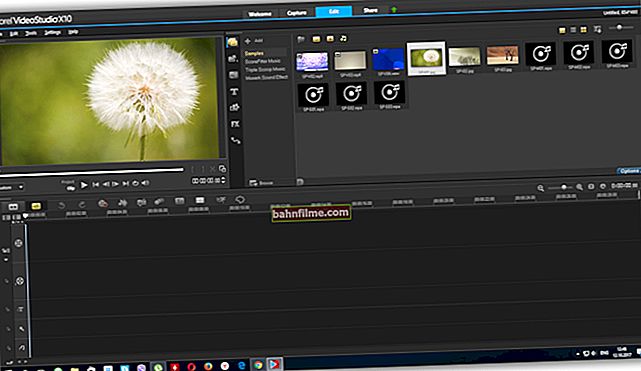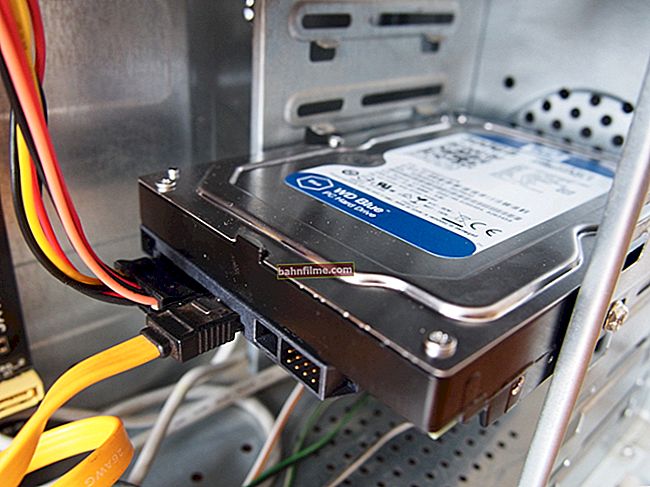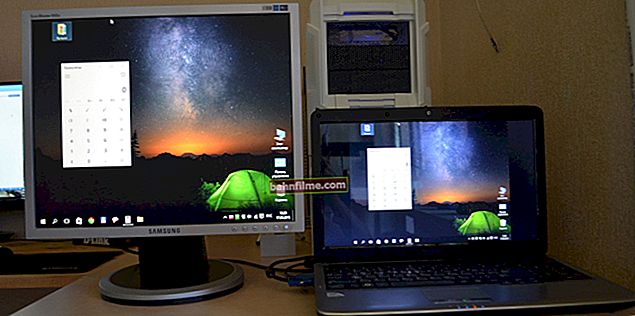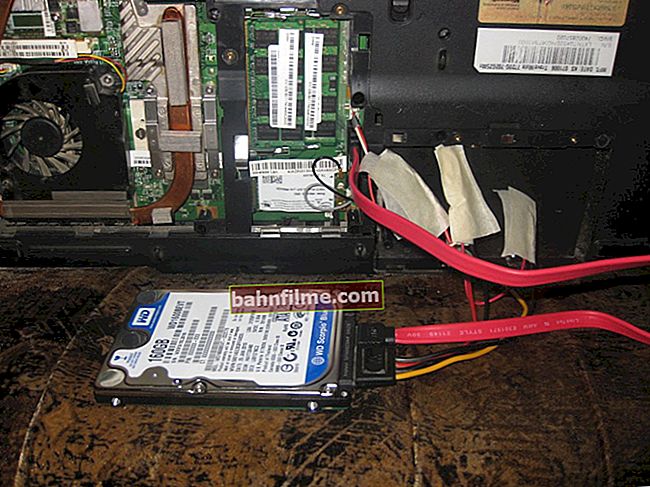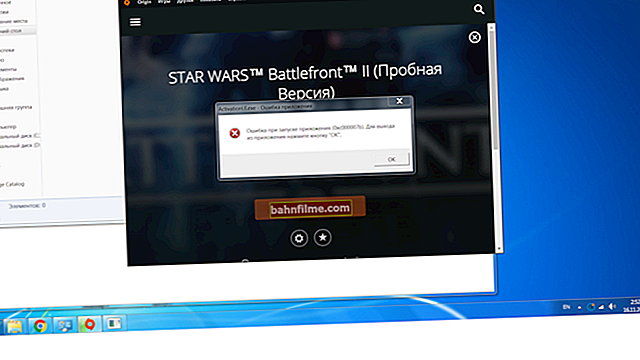 Good time!
Good time!
To find out the real capabilities of the CPU, its temperature under load, frequencies, evaluate the cooling system (and in general the reliability of a PC / laptop) - you need to carry out the so-called stress test .
It consists in the fact that the CPU will be loaded up to 100% with various calculations - and special. monitoring utilities will track various system metrics and display them on the screen. In general, it is advisable to carry out a similar procedure for all new and problem-working devices in order to diagnose ...
Actually, in this small note I will recommend several extremely useful utilities that I often use myself (this software is very simple, and the vast majority of users can handle it ...). 👌
And so, now to the topic ...
*
CPU stress test: choosing a program
AIDA 64
Official website: //www.aida64.com/downloads
👉 Instruction (how to run a test in AIDA): link ->
This is one of the best utilities for viewing the characteristics of a computer: almost all parameters of hardware and installed software are listed here. But besides this (which, by the way, not all users know about) - the modern version of AIDA 64 allows you to test the CPU, video card, disk, memory, etc. (for this, look in the "Service" tab 👇).

System stability test / AIDA 64
I want to separately note that in AIDA 64 everything is quite clear: during the test, visual graphs of temperature, frequencies, CPU load level, voltage, etc. are displayed.

Temperature and frequency graphs during test (AIDA 64)
Benefits:
- several tests to choose from;
- convenient charts for tracking all indicators;
- compatible with all modern CPUs;
- support for Windows XP, 7, 8, 10 (32/64 bits).
Disadvantages:
- the full version of the utility is paid.
*
OCCT
Official website: //www.ocbase.com/
This program is universal: it is suitable for stress testing both processors and video cards. Diagnostics in OCCT is quite "tough" (so to speak), and if your system passes it, you can be calm about it 👌 ...
For basic testing: after starting the utility, select the "OCCT" test mode and press the start button (see example below 👇).

Start CPU Test (OCCT)
Next, your processor will be loaded to 100%, and the utility will start monitoring the main indicators (they are displayed in different tabs):
- the number of errors;
- temperature and frequency of operation;
- tension;
- power, etc. 👇

Online results! (OCCT)
The utility is one of the most convenient and intuitive (on a par with AIDA 64).
Benefits:
- several testing options;
- simple intuitive design;
- automatic error control;
- saving the results of graphs and tests in a separate folder (so that you can read them carefully again later).
Disadvantages:
- some newer CPU models (such as the latest generation AMD Ryzen) may not behave correctly.
*
IntelBurnTest
Important: Despite the name, the utility also supports AMD processors.
Developer: AgentGOD
Link to SoftPedia: //www.softpedia.com/
According to the assurances of the developer of this utility, it tests the CPU using the same algorithms and methods as the specialists from Intel do (I don't know if this is true or not - but the program is definitely not bad!).
It is extremely simple to use it: after launch - select the duration of testing (for example, 10 minutes as I have in the screenshot below) and the load level (I recommend "Very High") - then click "Start" . 👇

IntelBurnTest - program window
After that, IntelBurnTest will seriously load the CPU and begin to "monitor" its work - if errors are found, the test will be terminated, and you will see a report.
Everything is simple, fast and clear. What else do you need ?! 👌
Benefits:
- a very simple utility (literally - there is nothing superfluous in it);
- good testing algorithms (high reliability and accuracy of results);
- auto-terminate the test if errors are detected or the CPU behaves somehow "strange".
Disadvantages:
- there are no visual charts and indicators (therefore, it is recommended to use it in parallel with 👉 HWMONITOR or RealTemp).
*
PRIME 95
Developer site: //www.mersenne.org/download/#stresstest
The classic utility for testing CPU performance, which appeared already in 1995. And since that time it has been constantly updated, and will still give odds to many analogues!
The test algorithm is as follows: PRIME 95 "forces" the processor to perform complex arithmetic operations (search for "prime" Mersenn numbers), which makes it possible to evaluate not only its reliability and stability, but also the accuracy of calculations (the results that your CPU will give will be compared with the reference) ...

Screenshot of running PRIME 95
In general, this utility (like the previous IntelBurnTest) is recommended to be run in parallel with some 👉 HWMONITOR, which will show all the necessary indicators (temperature, frequencies, etc.).
Otherwise, there are no complaints about PRIME 95. I have been storing such software for a long time on a separate emergency flash drive (which I advise you too, otherwise you never know ...).
Benefits:
- high compatibility: Windows, Linux, Mac and FreeBSD (almost any Intel, AMD processors);
- completely free (no ads);
- part of the test results is saved to a report file (in the folder with the utility).
Disadvantages:
- outdated interface;
- no charts or tips.
*
That's it for now. Supplements - would be helpful!
Good luck!
👋
